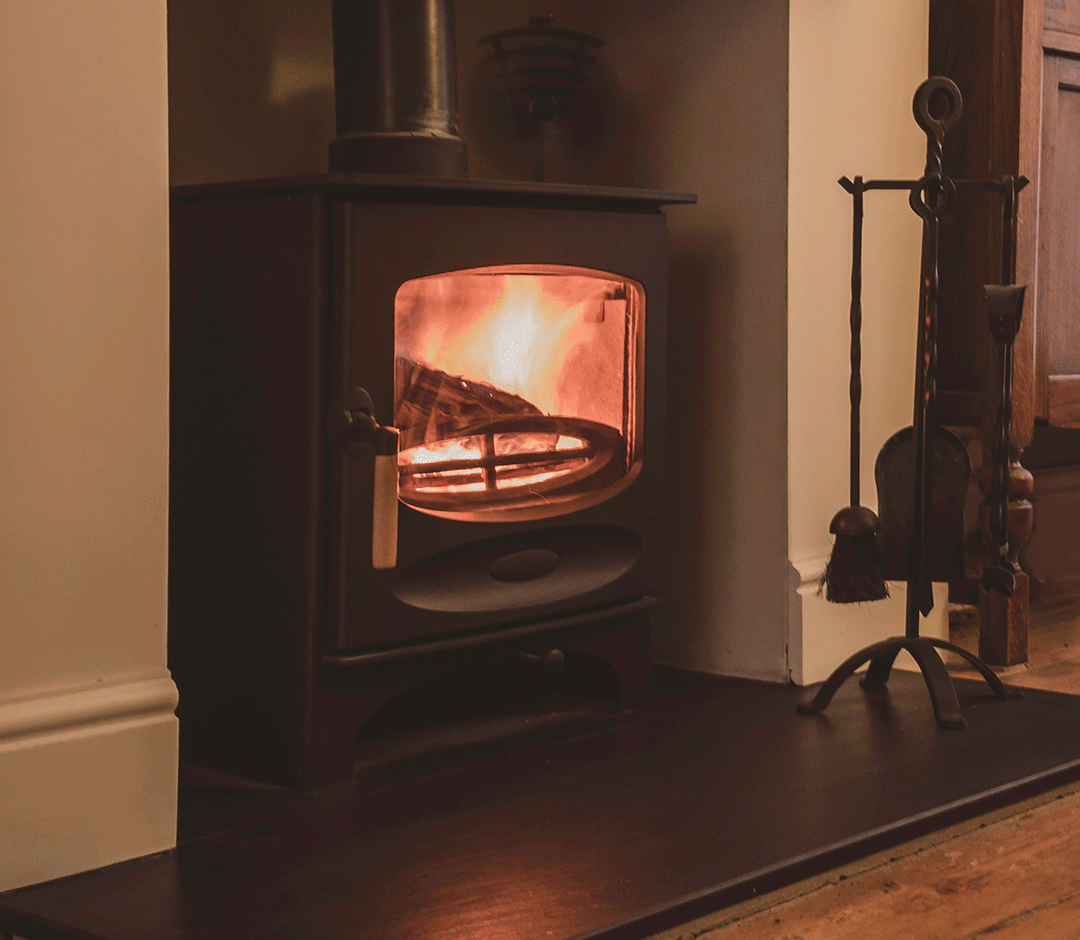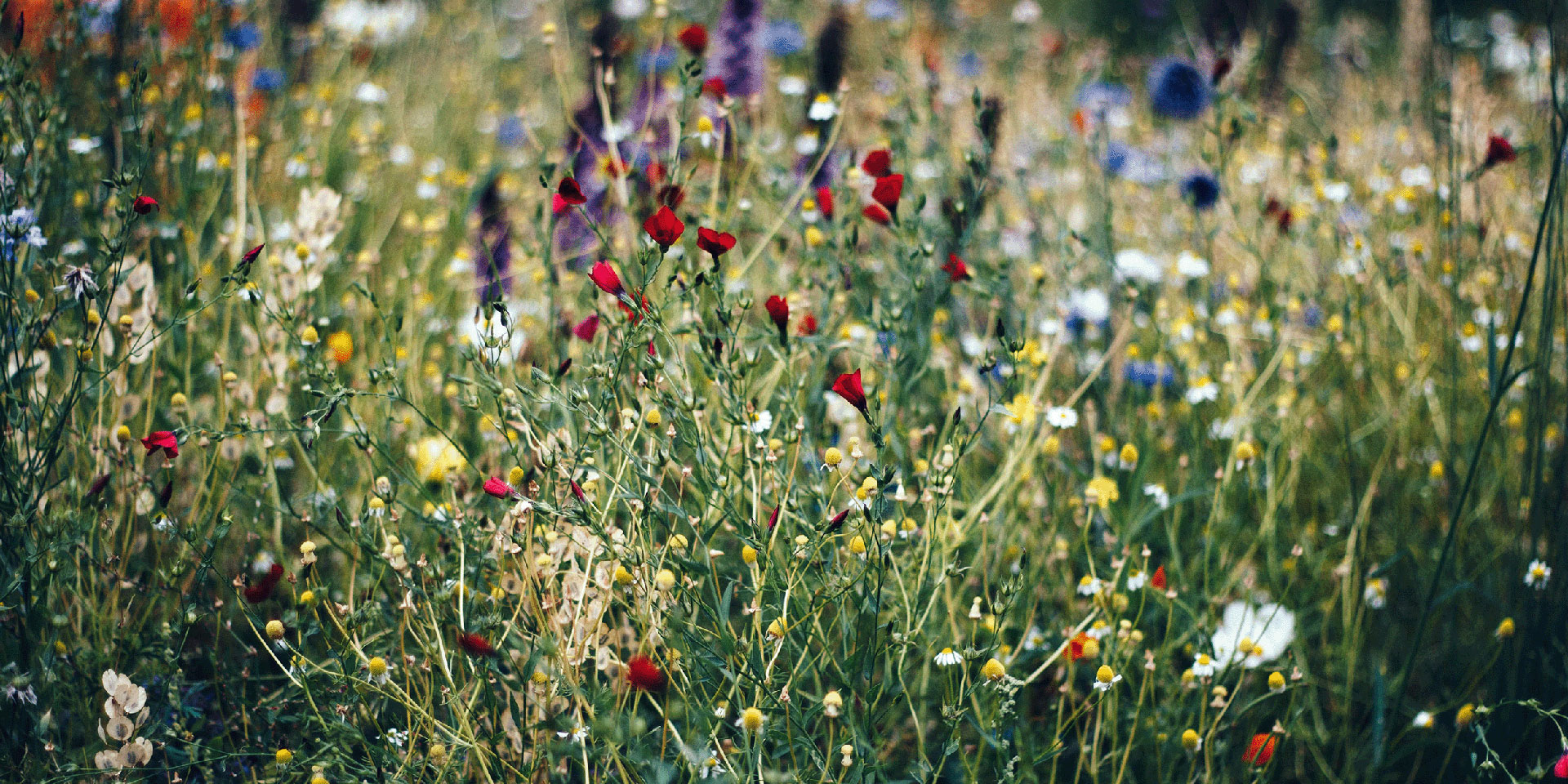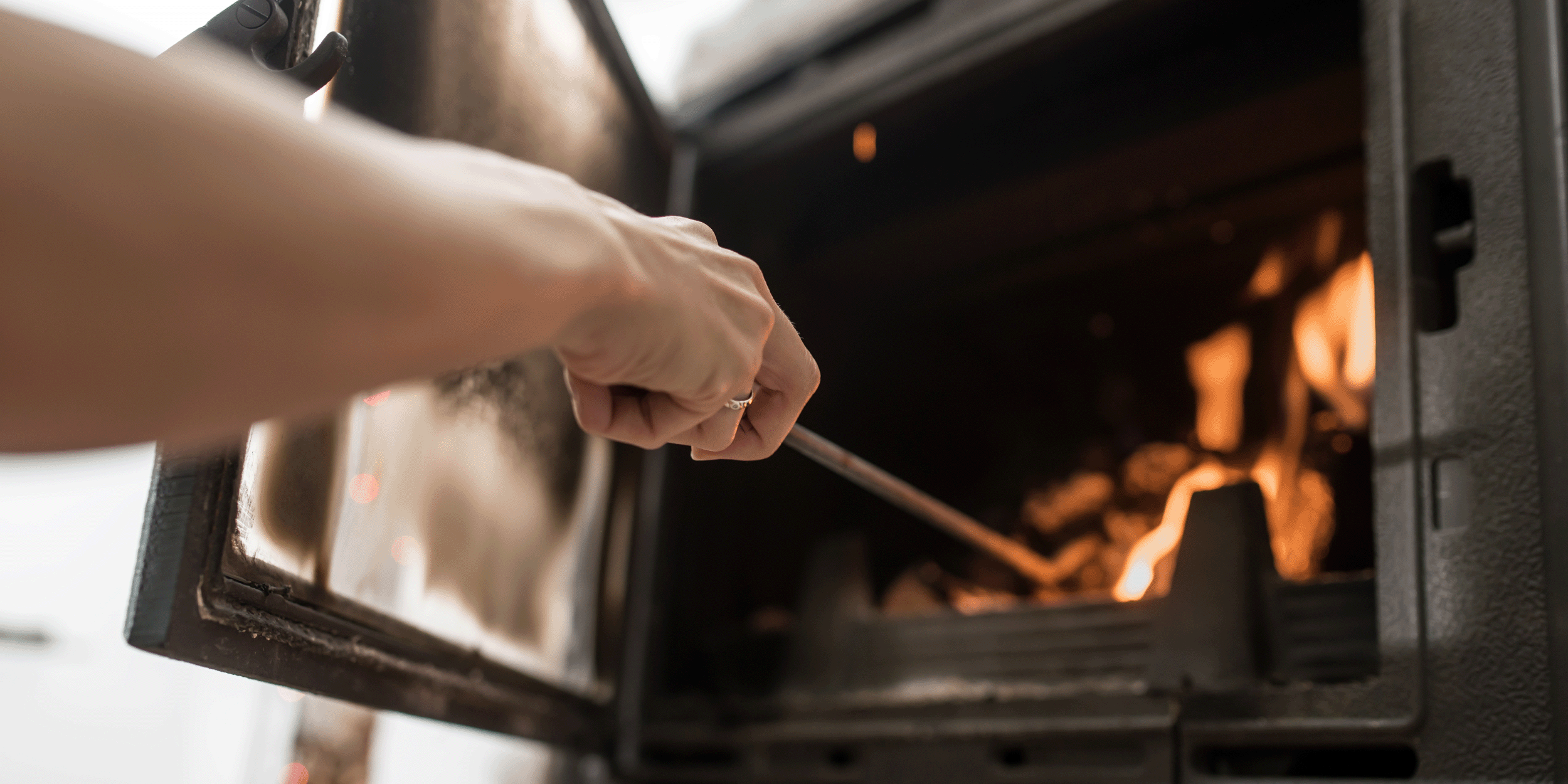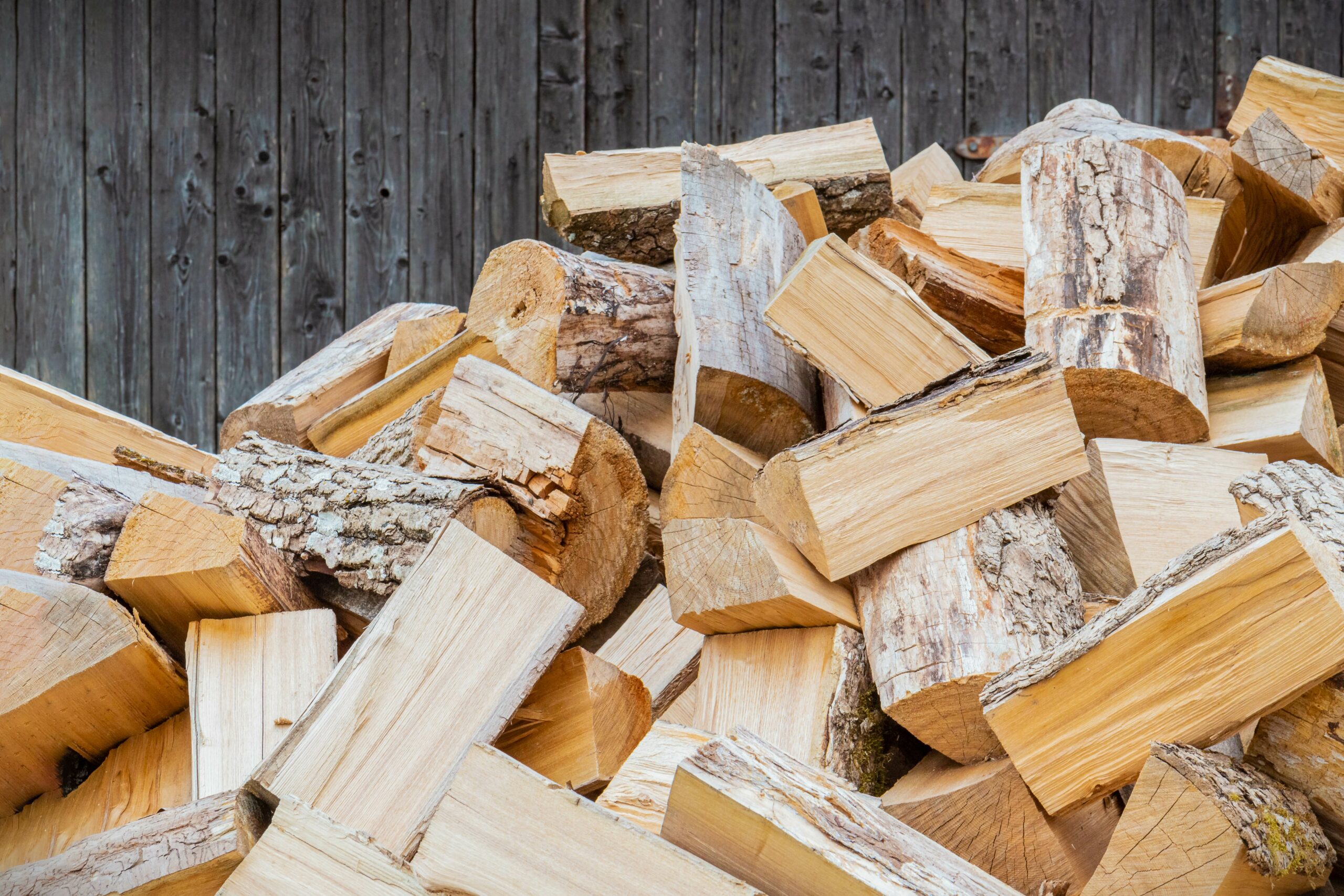Top tips for using your wood burner responsibly and safely
Your wood burner requires responsible use to keep your fire burning and your emissions minimal. The fuel you burn, the airflow, and your burning practices all contribute greatly to minimising pollution and creating a more efficient fire.
Follow these top tips to increase your stove’s efficiency and reduce its environmental impact:
1. Don’t slumber your stove
Slumbering your stove is when your appliance is set at minimal output, usually overnight, so that burning can be resumed without needing to relight a fire. Running an appliance at low output can lead to incomplete combustion when burning wood, leading to a build-up of creosote deposits in the flue, as well as increased levels of carbon monoxide and particulates. When an appliance is slumbered for a prolonged period of time, the flue temperatures can also begin to cool. This causes insufficient flue draw, resulting in smoke, gases, and carbon monoxide potentially entering the room.
Similar problems occur when the heat load applied to an appliance is not suitable for its size and it has to be turned to low output to prevent excessive heating temperatures.
Some appliances are specifically designed to slumber. The manufacturer’s guidelines must always be followed with these appliances.
2. Refuel safely
There should not be smoke or products of combustion entering your room when you refuel your stove. If you encounter this when refuelling, it is best practice to contact a HETAS registrant for advice. You should always follow the manufacturer’s instructions for advice on how to correctly refuel your appliance.
See here for tips on how to safely refuel your stove.
3. Importance of sufficient ventilation
Regardless of the size of your wood burner, all stoves require a sufficient supply of air to facilitate combustion and ensure a good flue draw to expel products of combustion.
Every home has a variety of variables that affect the airflow; opening windows, leaving a door ajar, or installing a vent are some ways to increase the ventilation in your home. Your HETAS Registered Installer can carry out a survey to ascertain if your property meets minimum ventilation requirements for your appliance and, if not, how to facilitate sufficient air ventilation.
4. The top-down method of lighting a fire
Lighting a fire using the top-down method has the advantage of warming up the flue, enabling a good flue draught that will effectively expel combustion by-products from your chimney. The top-down method is also beneficial as it removes the need to open your stove’s door and add fuel to the kindling – this prevents your combustion chamber cooling and any particulates entering your room.
Click here for instructions on how to light a fire using the top-down method.
5. Burning responsibly
Burning Ready to Burn logs – wood with a moisture content of 20% or less – ensures a cleaner, safer, and more efficient fire. Understanding what fuels are suitable and how to care for your appliance and chimney are essential for every stove user.
Click here for more information on burning responsibly and optimally.

Your wood burner requires care; acknowledging how variables such as the temperature of the flue, ventilation, and low operating temperatures affects performance is key for all stove users. Responsible use and regular care for your appliance and chimney system keeps you burning safely and efficiently, keeping you warm and your wood burner’s environmental impact minimal.
The HETAS Advice Hub has a range of tips and advice to ensure you can continue to burn safely and responsibly.



